With the absolutely huge NVIDIA 470 driver release now out the door, NVIDIA has just put up a fresh release of their open source NVAPI interface.
For those who haven't seen us report on it previously here's what it is: "NVAPI is NVIDIA Corporation's core software development kit that allows access to NVIDIA GPUs and drivers on all Windows platforms. NVAPI provides support for categories of operations that range beyond the scope of those found in familiar graphics APIs such as DirectX and OpenGL."
What's the use for Linux? NVIDIA say the version of nvapi.h that's now under the MIT license helps to enable "open source re-implementations of NVAPI for Windows emulation environments". The updated release adds in lots more Functions, Enums and Structures for developers to use. For us normal users, it doesn't mean too much but for developers (on projects like Wine, Proton, DXVK, VKD3D-Proton and so on) it can help get more features hooked up for running Windows games on Linux with compatibility layers.
Nice to see NVIDIA continuing to make steps to help Linux in various ways.
The new release can be downloaded here.
While it's nice of them to make this stuff open source, it's probably not tech that anyone should be using, since it's hardware specific and serves as a vector to lock-in.
Maybe, but it's already used on Windows, so it's definitely something good for Wine. Even implementing the functionality separately would be a possibility (although not necessarily useful). And then make it run on AMD would at least be hilarious.
While it's nice of them to make this stuff open source, it's probably not tech that anyone should be using, since it's hardware specific and serves as a vector to lock-in.
Maybe, but it's already used on Windows, so it's definitely something good for Wine. Even implementing the functionality separately would be a possibility (although not necessarily useful). And then make it run on AMD would at least be hilarious.
Well, those are header files to build an alternative implementation of NVIDIA's own nvapi library. The library surface is huge, Nvidia put everything in it from display configuration to Direct3D extension plus it grew heavily of the years. Fortunately lots of games use only a small subset or even just a few methods. So it is absolutely doable to create an nvapi compatible library which provides some usefulness, even for AMD cards. In fact, I did exactly that :)
A lot of the stuff that's in NVAPI, which people have been using and wasn't included in OpenGL or DirectX, is in scope for Vulkan. Things like device discovery and capability enumeration.
Do you have a specific example?
Do you have a specific example?
Not a specific example, I'm just going from the description from [here](https://docs.nvidia.com/gameworks/content/gameworkslibrary/coresdk/nvapi/index.html)
Some of the features that programmers can access using NVAPI include:and the stuff on assigning handles for GPUs and the like.
Driver Management: Initialization and driver version controls.
GPU Management: Enumeration of physical and logical GPUs. Thermal and Cooling controls.
Display Management: Enumeration of NVDIA displays, display postion and timings controls.
System Management: Ability to query chipset and system specific information.
Connecting and Configuring Monitors: Ability to set views on multiple target monitors.
Maybe the thermal management stuff is too hardware specific, but being able to find GPUs and what they can do, how to address them, how to allocate memory, and things like that, are things that Vulkan covers. Being able to map those functions from NVAPI, that people are already using, to Vulkan, that people might want to use in the future, seems like it might be handy. There may well be other functions in there that Vulkan could do, but doesn't yet do, that would just be a good idea. NVAPI seems to me like Nvidia's grab-bag of handy things that they couldn't get done another way (pre-Vulkan) and Vulkan so far has worked well as a means of standardising everyone's good ideas so that more people can benefit.
I have no idea if Nvidia, Khronos, or anyone else, would actually do it, but it seems to me to be something that could be done.
Do you have a specific example?
Not a specific example, I'm just going from the description from [here](https://docs.nvidia.com/gameworks/content/gameworkslibrary/coresdk/nvapi/index.html)
Some of the features that programmers can access using NVAPI include:and the stuff on assigning handles for GPUs and the like.
Driver Management: Initialization and driver version controls.
GPU Management: Enumeration of physical and logical GPUs. Thermal and Cooling controls.
Display Management: Enumeration of NVDIA displays, display postion and timings controls.
System Management: Ability to query chipset and system specific information.
Connecting and Configuring Monitors: Ability to set views on multiple target monitors.
Maybe the thermal management stuff is too hardware specific, but being able to find GPUs and what they can do, how to address them, how to allocate memory, and things like that, are things that Vulkan covers. Being able to map those functions from NVAPI, that people are already using, to Vulkan, that people might want to use in the future, seems like it might be handy. There may well be other functions in there that Vulkan could do, but doesn't yet do, that would just be a good idea. NVAPI seems to me like Nvidia's grab-bag of handy things that they couldn't get done another way (pre-Vulkan) and Vulkan so far has worked well as a means of standardising everyone's good ideas so that more people can benefit.
I have no idea if Nvidia, Khronos, or anyone else, would actually do it, but it seems to me to be something that could be done.
Thanks for your response. As far as I know, the Nvidia Vulkan driver implements all things that Vulkan specifies for GPU and capability discovery. Other things like memory management are up the application developer when programming against Vulkan. Not sure if display management and thermal stuff should become part of it. It doesn't really fit into a graphics API and it is indeed either vendor specific or platform specific (or both). To be honest, I think all that sysinfo stuff should stay in vendor controls panels and as far as possible in the background. Game developers should possibly stay away of that and focus more on the renderers itself ;).
PS: The Nvidia drivers for Linux ships NVML (https://developer.nvidia.com/nvidia-management-library-nvml), some of the NVAPI methods for querying temperature etc can be mapped to that library.
This is literally three header files (ie. long lists of variable name definition) and one C source file that implements a couple of helper functions.
No revolutionary insights into Nvidia's secret source or anything, just stuff to help you access their stuff so they can sell more of it. Which is fine, of course, they're a business after all. Just that it isn't newsworthy at all in my opinion – news about the corresponding driver release was, on the other hand.
It's a bit like saying "The supermarket got a new delivery of toilet paper" in one news item, and this here being the belated corresponding "Oh and by the way, you have to pay for it too", which is both obvious and implicit.
Maybe I just don't like corporations making headlines for the sake of making headlines.
There is the DXVK-NVAPI project on GitHub that uses those interfaces to create a library which is supposed to be used with Wine/Proton like DXVK and friends.
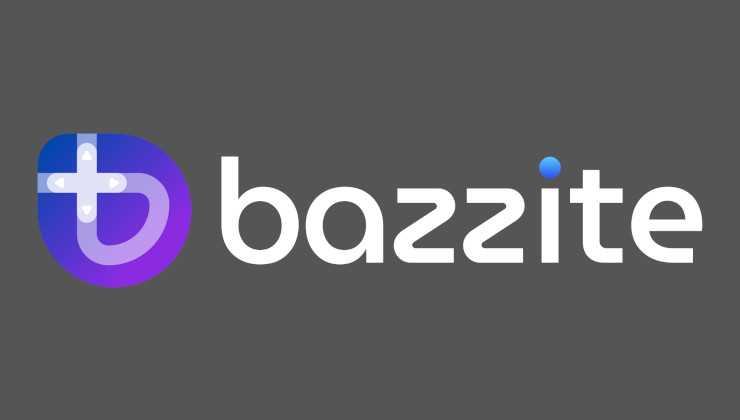
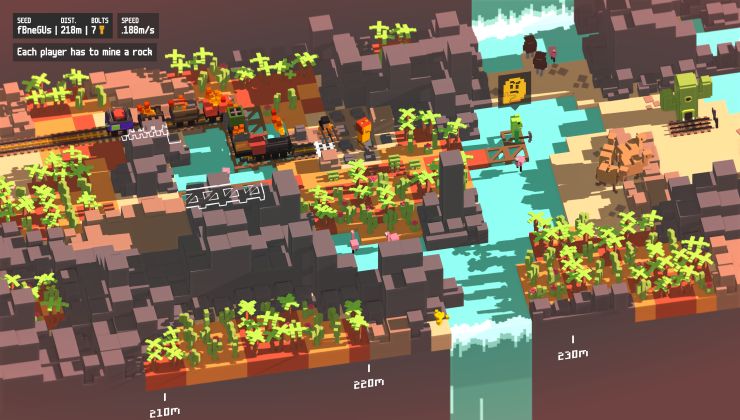
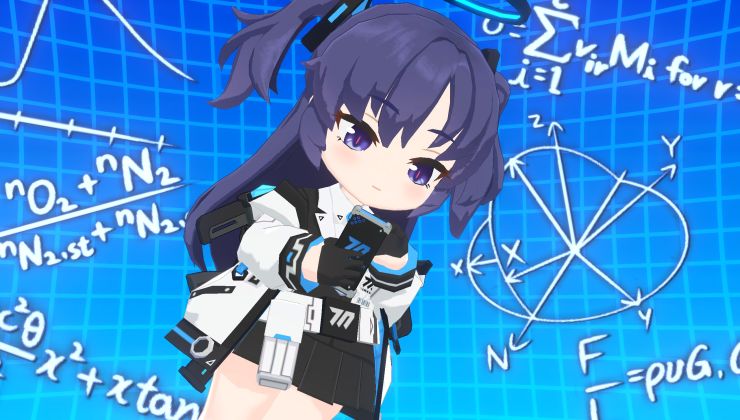
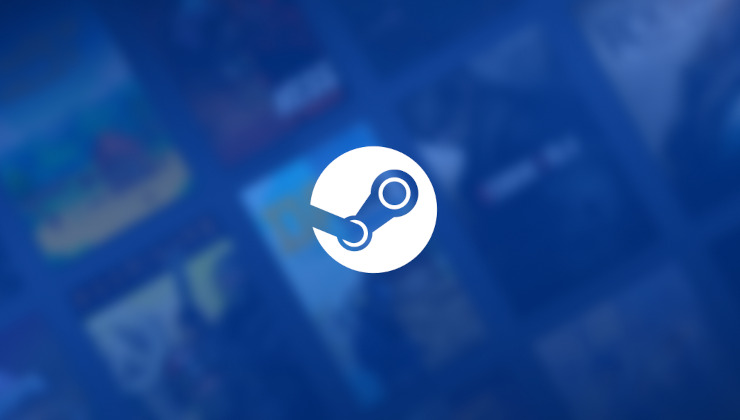




 How to install Battle.net on Linux, SteamOS and Steam Deck for World of Warcraft and Starcraft
How to install Battle.net on Linux, SteamOS and Steam Deck for World of Warcraft and Starcraft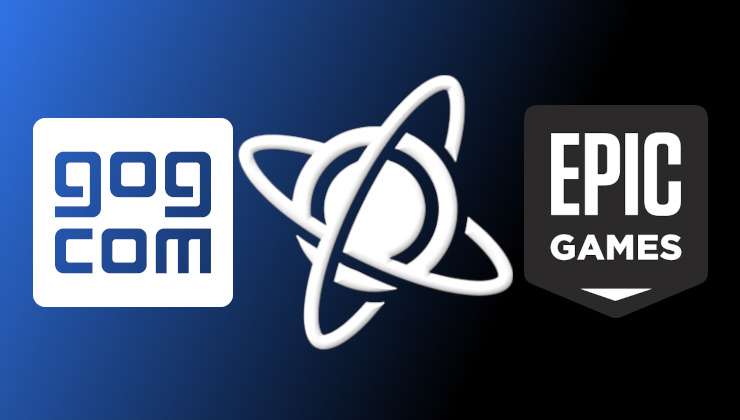 How to play games from GOG and Epic Games on Linux, SteamOS and Steam Deck
How to play games from GOG and Epic Games on Linux, SteamOS and Steam Deck